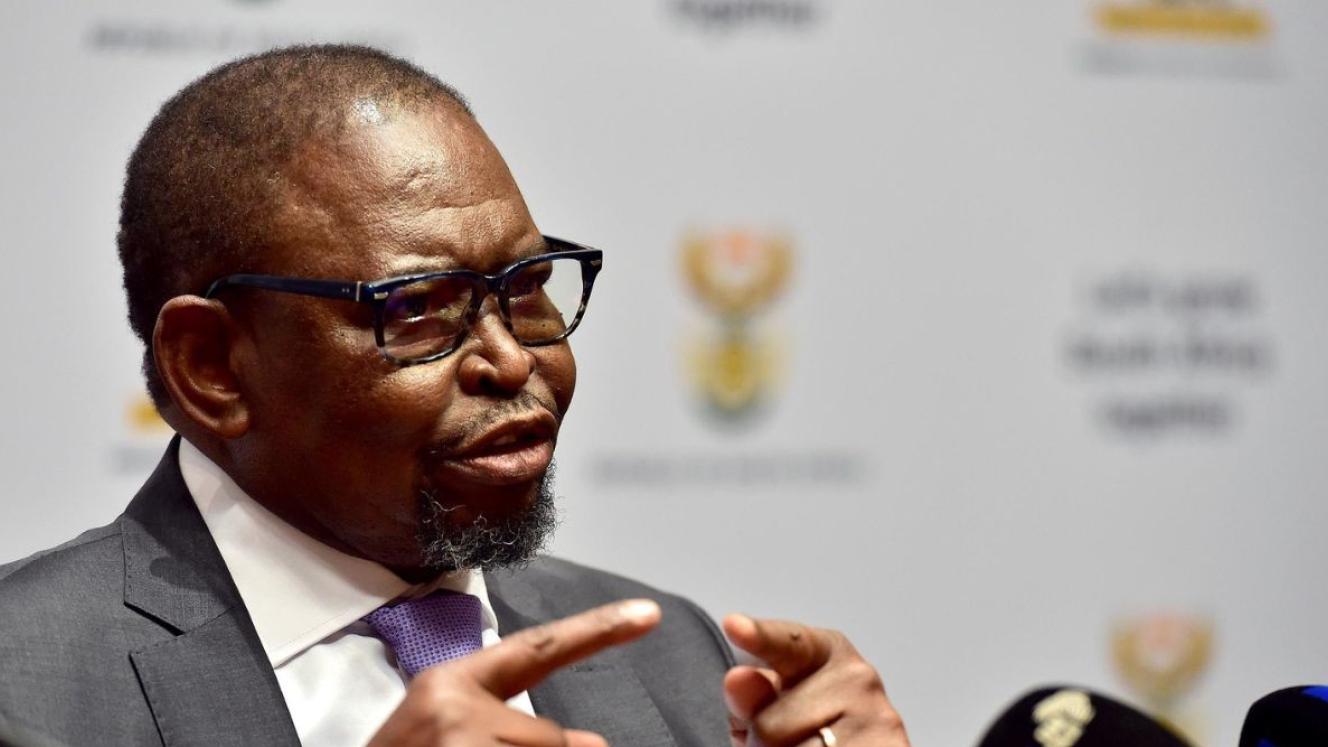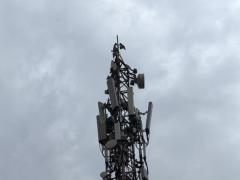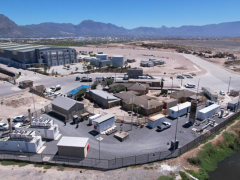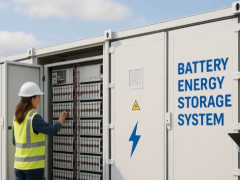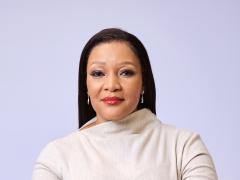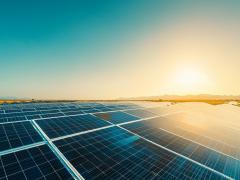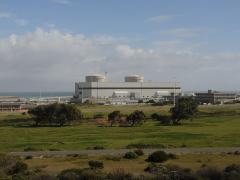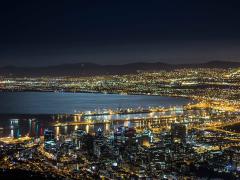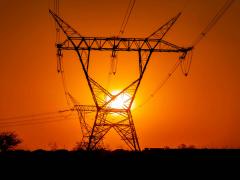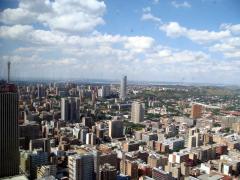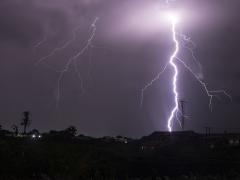With over 600 million people across Africa lacking access to electricity and national grids struggling to provide reliable energy, decentralised energy solutions are emerging as a good alternative, particularly in rural areas. Industry leaders and experts recently gathered at the Africa Energy Indaba in Cape Town to discuss the challenges and opportunities within this sector.
“Last year was the first year in two decades where the number of people with electricity access in Africa declined due to population growth and increasing conflicts,” said Fedde Zwart, Senior Investment Officer at FMO – the Dutch Development Bank. “We need all the mini-grids, off-grid and independent grids we can get. The quickest wins will come from independent grids in cities without access to electricity where diesel generators can be replaced with clean, reliable energy.”
In 2022, off-grid solar was responsible for around half of all new electricity connections in Africa. Of the 660 million people currently without electricity, 80% live in rural, remote and often conflict-affected areas, said Rebecca Rhodes, Senior Strategy and Programmes Manager at GOGLA – the global association for the off-grid solar energy industry.
Last year, GOGLA and the World Bank looked at which solutions would best meet the energy needs of those in Africa. “We found that 55% would best be served by the grid and utility while 45% will be reached fastest and most cheaply by decentralised solutions,” Rhodes said.
A recent parliamentary report showed that, while Zimbabwe’s economy demands 2 700 MW of electricity, actual generation capacity is only 1 200-1 300 MW. “This means every sector, from agriculture to manufacturing, experiences power shortages with manufacturing companies losing up to six hours daily in production time unless they have their own installed solutions,” said Nicky Moyo, MD of DEAT Capital in Zimbabwe.
Patrick Dongo, Business Development Engineer at the Rural Electrification Agency of Zimbabwe, shed light on the disparities between urban and rural electricity access. “Only 23% of rural Zimbabweans have electricity, compared to 87-90% in urban areas. While rural areas present the largest market for mini and micro-grids, their economic viability remains uncertain due to limited local economic activity,” he said.
Dongo proposed focusing on “anchor loads” such as government institutions, schools and health centres as hubs for mini-grids before expanding to surrounding communities. However, sustainability remains a challenge, he said. “Many projects are developed through grants but communities struggle to maintain these grid systems once donors exit. The biggest issue is tariffs – the levelised energy cost in rural communities is often too high relative to their incomes.”
To bridge this gap, more collaboration with social development partners is needed. “Vocational training and productive-use programmes can help communities generate income and sustain mini-grid operations. Instead of leaving projects to communities with limited capacity, institutions like Zimbabwe’s Rural Electrification Fund are stepping in to manage them,” Dongo said.

